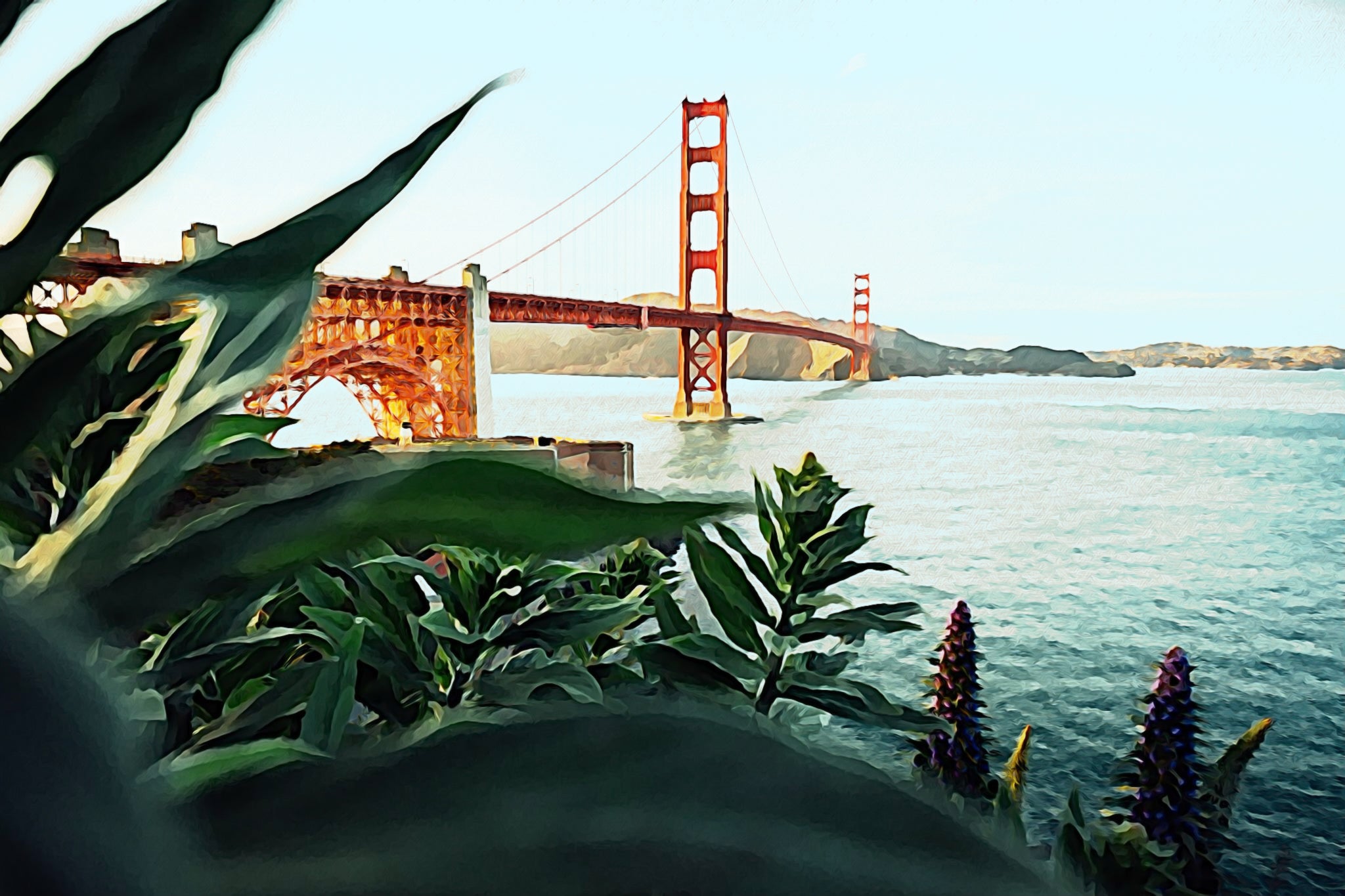Introduction: Embracing the Beauty of Nature
Watercolor painting offers a unique opportunity to capture the essence and beauty of landscapes with its fluidity and transparency. From serene sunsets to rugged mountainscapes, mastering landscape painting with watercolors allows artists to express their creativity while immersing themselves in the wonders of the natural world. In this comprehensive guide, we will explore various techniques and tips to help artists of all skill levels unlock the full potential of watercolor landscapes, from selecting the right materials to mastering essential painting techniques.
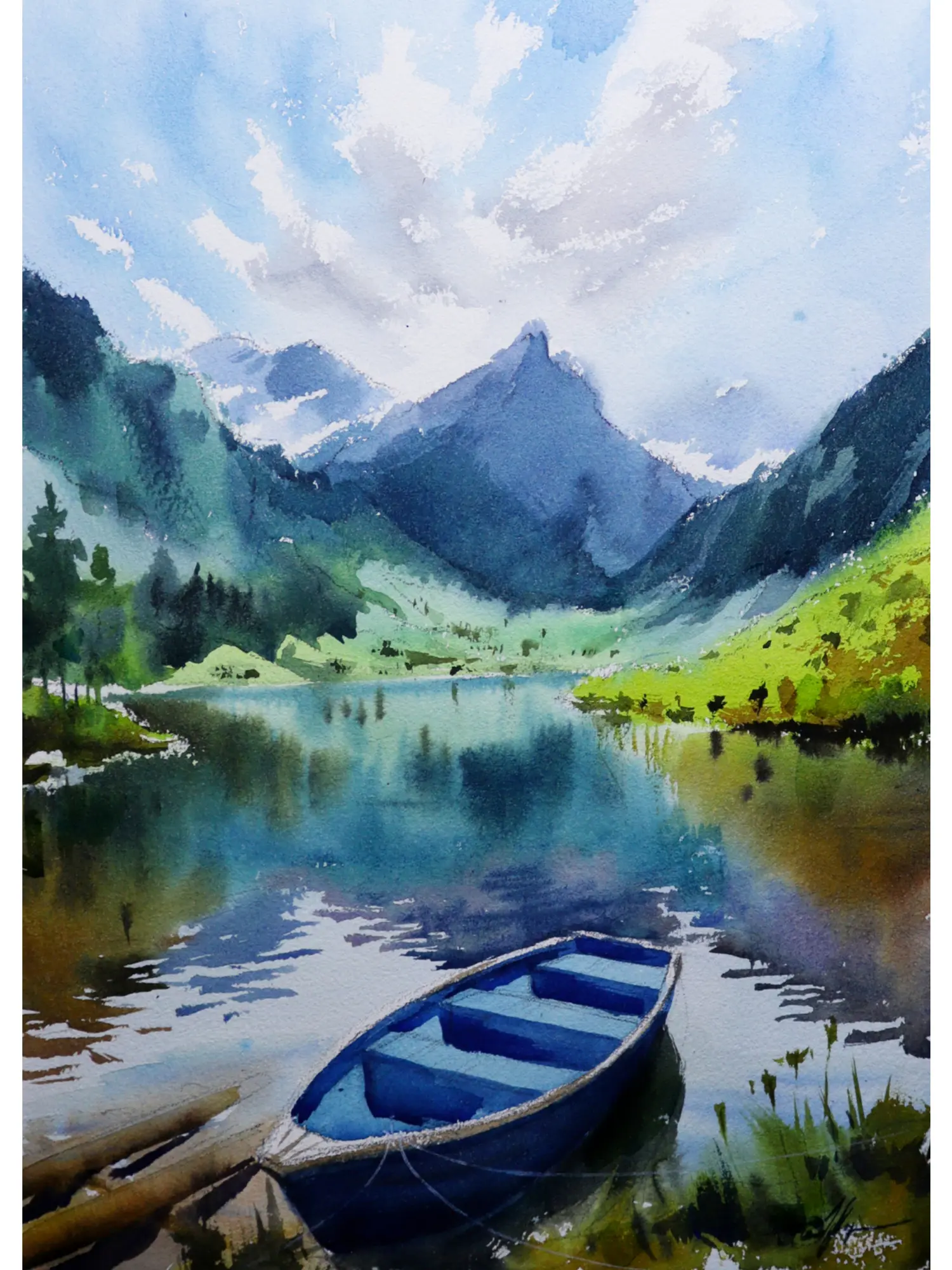
Choosing the Right Materials: Setting the Foundation
Before diving into landscape painting, it’s essential to select the right materials to set a solid foundation for your artistic endeavors. Opt for high-quality watercolor paper that can withstand the wet-on-wet and wet-on-dry techniques commonly used in landscape painting. Choose a variety of brushes in different sizes and shapes to achieve various textures and effects, from broad washes to fine details. Invest in professional-grade watercolor paints in a wide range of colors to create vibrant and lifelike landscapes that capture the beauty of nature.
Understanding Composition: Creating Balance and Harmony
Composition plays a crucial role in landscape painting, guiding the viewer’s eye and creating a sense of balance and harmony in the artwork. Start by sketching thumbnail sketches to explore different compositions and perspectives, considering elements such as the rule of thirds, leading lines, and focal points. Pay attention to the natural flow of the landscape, leading the viewer’s gaze from the foreground to the background, and experiment with different arrangements of shapes, colors, and textures to create visually compelling compositions.
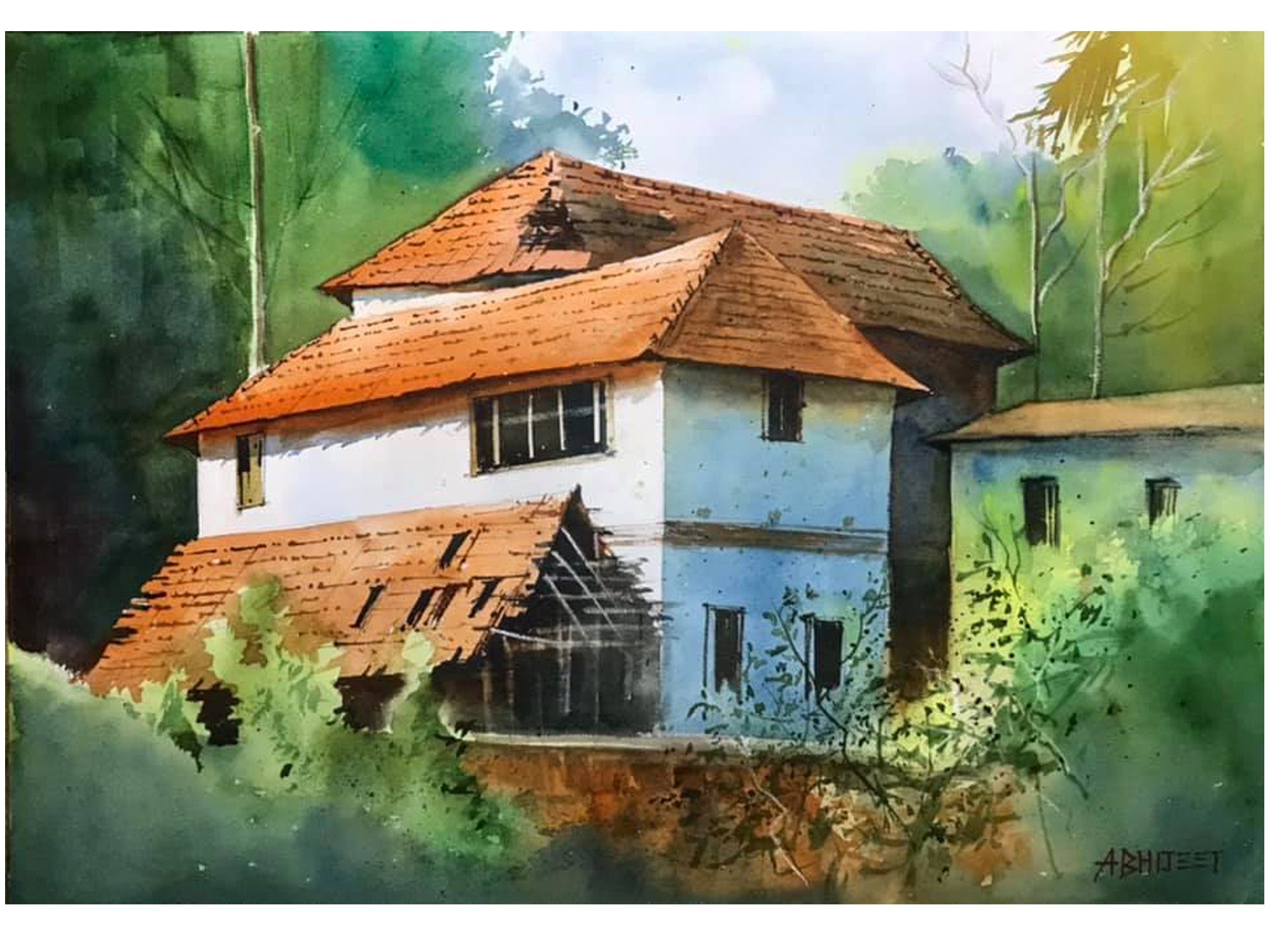
Mastering Wet-on-Wet Techniques: Harnessing Fluidity and Expression
Wet-on-wet is a fundamental watercolor technique that involves applying wet paint to a wet surface, allowing colors to blend and flow freely to create soft, atmospheric effects. To master wet-on-wet techniques in landscape painting, start by wetting the paper evenly with a clean brush or spray bottle to create a smooth surface. Then, apply diluted watercolor paint in broad washes, allowing the colors to mingle and merge spontaneously. Experiment with layering different colors and values to create depth and dimension in your landscapes, using a light touch and letting go of control to embrace the fluidity and spontaneity of watercolor.
Layering and Glazing: Building Depth and Transparency
Layering and glazing are essential techniques in watercolor painting, allowing artists to build depth and transparency gradually. Start by establishing the underlying structure of the landscape with light washes of color, gradually building up layers to create richer tones and darker values. Use transparent pigments and diluted paint to glaze over dry layers, adding depth and luminosity to your landscapes while preserving the translucency of watercolor. Experiment with different combinations of colors and glazing techniques to create subtle shifts in hue and atmosphere, enhancing the visual impact of your paintings.
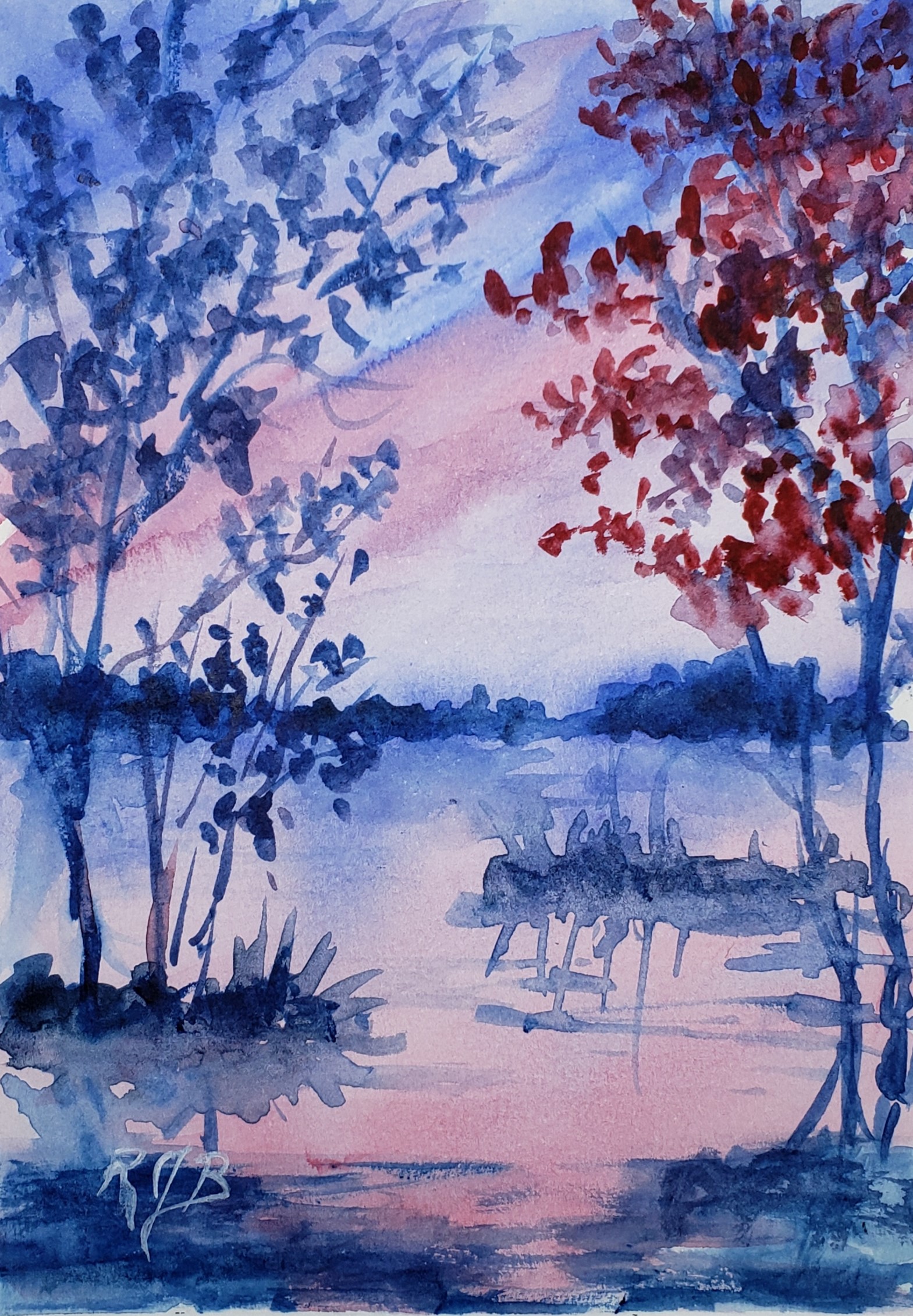
Creating Texture and Detail: Adding Life to Your Landscapes
Texture and detail are key elements in landscape painting, adding interest and realism to your artworks. Experiment with various painting techniques to create different textures, from drybrush and stippling to salt and alcohol effects. Use a combination of brushes, sponges, and unconventional tools to create organic textures such as foliage, rocks, and water, adding depth and dimension to your landscapes. Pay attention to the play of light and shadow, using highlights and shadows to define forms and create a sense of volume and movement in your paintings.
Capturing Atmosphere and Mood: Evoking Emotion in Your Art
Atmosphere and mood are essential aspects of landscape painting, evoking emotion and immersing the viewer in the scene. Experiment with color temperature, value contrast, and atmospheric perspective to capture the mood and ambiance of different landscapes, from misty mornings to fiery sunsets. Pay attention to the quality of light and how it interacts with the landscape, using soft edges and subtle transitions to create a sense of depth and atmosphere. Use your imagination and intuition to infuse your paintings with emotion and narrative, inviting viewers to connect with the beauty and wonder of the natural world.
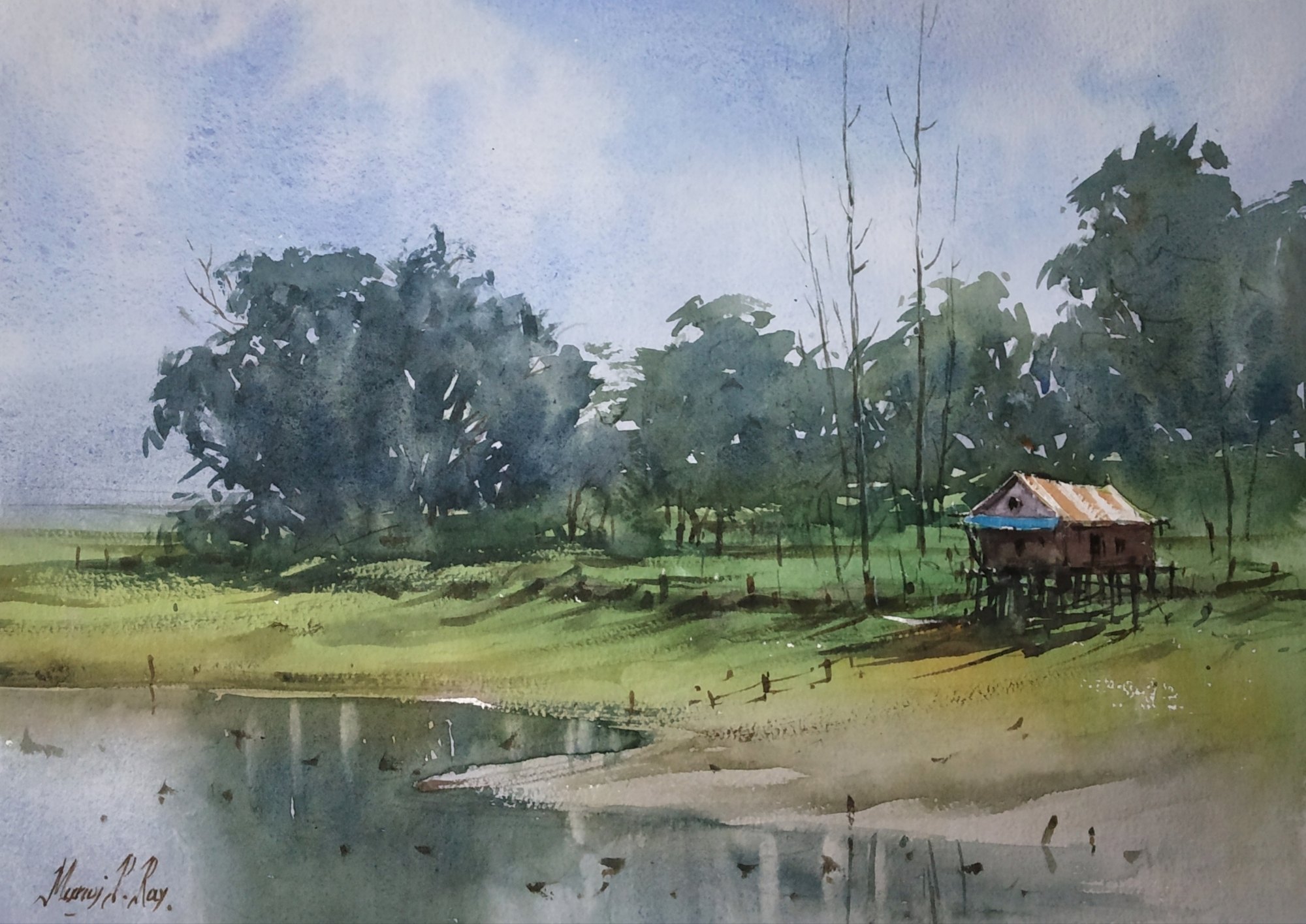
Exploring Different Subjects: Broadening Your Horizons
While landscapes are a popular subject in watercolor painting, don’t be afraid to explore different subjects and genres to broaden your horizons as an artist. Experiment with urban scenes, still lifes, and figurative painting to expand your skills and creativity, finding inspiration in the world around you. Embrace challenges and push yourself out of your comfort zone, seeking new ways to express yourself and tell stories through your art. Remember that every painting is an opportunity to learn and grow as an artist, so embrace the journey and enjoy the process of discovery.
Experimenting with Color Harmony: Enhancing Visual Impact
Color harmony is essential in landscape painting, as it helps to create visual cohesion and evoke mood and atmosphere. Explore different color schemes, such as analogous, complementary, and triadic, to create harmonious and dynamic compositions. Pay attention to the temperature and intensity of colors, using warm hues to suggest sunlight and cool hues to convey shadow and atmosphere. Experiment with color mixing and layering to create subtle transitions and vibrant contrasts, enhancing the visual impact of your landscapes and drawing viewers into the scene.
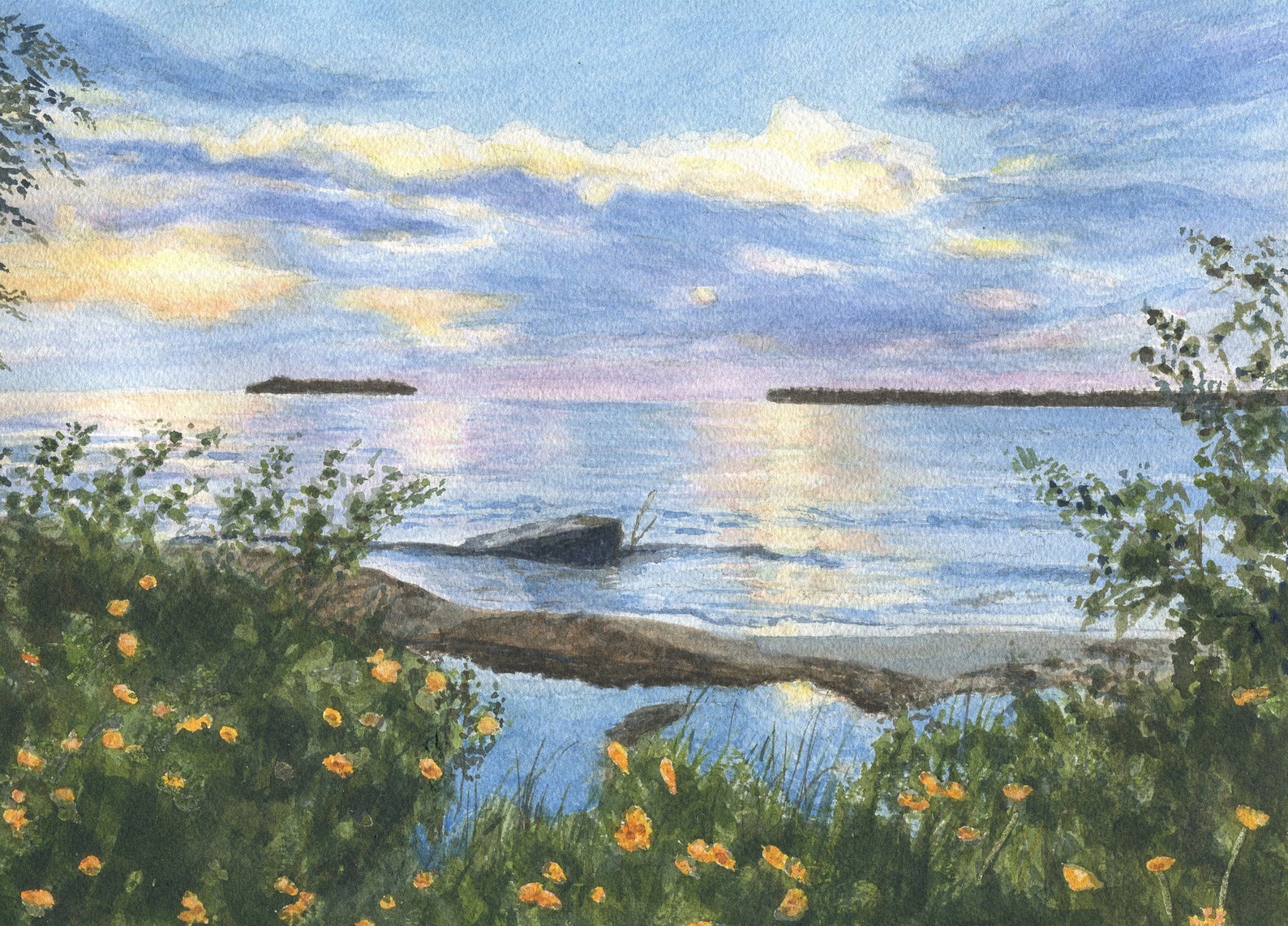
Embracing Mistakes: Learning and Growing as an Artist
Mistakes are an inevitable part of the artistic process, but they can also be valuable opportunities for learning and growth. Embrace the spontaneity and unpredictability of watercolor painting, allowing yourself to make mistakes and explore new techniques and approaches. Instead of striving for perfection, focus on the journey of creation and discovery, embracing imperfections as unique expressions of your artistic vision. Learn from your mistakes, experiment with different solutions, and celebrate the happy accidents that add character and depth to your landscapes.
Finding Inspiration in Nature: Connecting with the Environment
Nature is a boundless source of inspiration for landscape painters, offering endless opportunities to explore and discover the beauty of the world around us. Spend time outdoors, observing and sketching from life to capture the unique colors, shapes, and textures of different landscapes. Pay attention to the changing seasons and weather conditions, finding inspiration in the play of light and shadow, and the mood and atmosphere of the natural world. Keep a sketchbook handy to record your observations and ideas, allowing yourself to be inspired by the beauty and wonder of nature in all its forms.
Conclusion: Embracing the Journey of Landscape Painting
In conclusion, mastering landscape painting with watercolors is a rewarding journey that offers endless opportunities for creativity and self-expression. By choosing the right materials, understanding composition, and mastering essential techniques, artists can capture the beauty and wonder of the natural world in vibrant and lifelike paintings. Whether you’re a beginner or an experienced artist, embrace the challenges and joys of landscape painting, allowing yourself to be inspired by the world around you and creating artworks that reflect your unique perspective and passion for nature.





